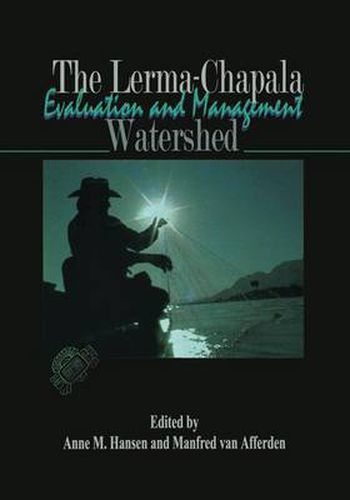Readings Newsletter
Become a Readings Member to make your shopping experience even easier.
Sign in or sign up for free!
You’re not far away from qualifying for FREE standard shipping within Australia
You’ve qualified for FREE standard shipping within Australia
The cart is loading…






This title is printed to order. This book may have been self-published. If so, we cannot guarantee the quality of the content. In the main most books will have gone through the editing process however some may not. We therefore suggest that you be aware of this before ordering this book. If in doubt check either the author or publisher’s details as we are unable to accept any returns unless they are faulty. Please contact us if you have any questions.
James O. Leckie Environmental Engineering and Science Program, Department of Civil and Environmental Engineering, Stanford University, Stanford, California 94305-4020, USA Nearly 10 years have passed since the beginning of the systematic studies of the Lerma-Chapala Basin coordinated by the Instituto Mexicano de Tecnologia del Agua. Although many public and private institutions, universities and research centers have conducted studies on the Lerma Chapala Basin over the last two decades, the need for a comprehensive summary of the findings of those studies has become increasingly obvious and important for this critical water resource. The Lerma-Chapala Basin is located in the central part of Mexico, and partly occupies five states. The watershed comprises the Lerma river and Lake Chapala. With a length of over 700 km, the tributary watershed covers 2 approximately 54,000 km . The basin accounts for more than one-third of the country’s economic activity, one-fifth of all commerce and one-eighth of the nation’s agricultural land. The watershed receives 3% of the country’s total rainfall, less than 1 % of the runoff, and accounts for 13% of the total groundwater.
$9.00 standard shipping within Australia
FREE standard shipping within Australia for orders over $100.00
Express & International shipping calculated at checkout
This title is printed to order. This book may have been self-published. If so, we cannot guarantee the quality of the content. In the main most books will have gone through the editing process however some may not. We therefore suggest that you be aware of this before ordering this book. If in doubt check either the author or publisher’s details as we are unable to accept any returns unless they are faulty. Please contact us if you have any questions.
James O. Leckie Environmental Engineering and Science Program, Department of Civil and Environmental Engineering, Stanford University, Stanford, California 94305-4020, USA Nearly 10 years have passed since the beginning of the systematic studies of the Lerma-Chapala Basin coordinated by the Instituto Mexicano de Tecnologia del Agua. Although many public and private institutions, universities and research centers have conducted studies on the Lerma Chapala Basin over the last two decades, the need for a comprehensive summary of the findings of those studies has become increasingly obvious and important for this critical water resource. The Lerma-Chapala Basin is located in the central part of Mexico, and partly occupies five states. The watershed comprises the Lerma river and Lake Chapala. With a length of over 700 km, the tributary watershed covers 2 approximately 54,000 km . The basin accounts for more than one-third of the country’s economic activity, one-fifth of all commerce and one-eighth of the nation’s agricultural land. The watershed receives 3% of the country’s total rainfall, less than 1 % of the runoff, and accounts for 13% of the total groundwater.